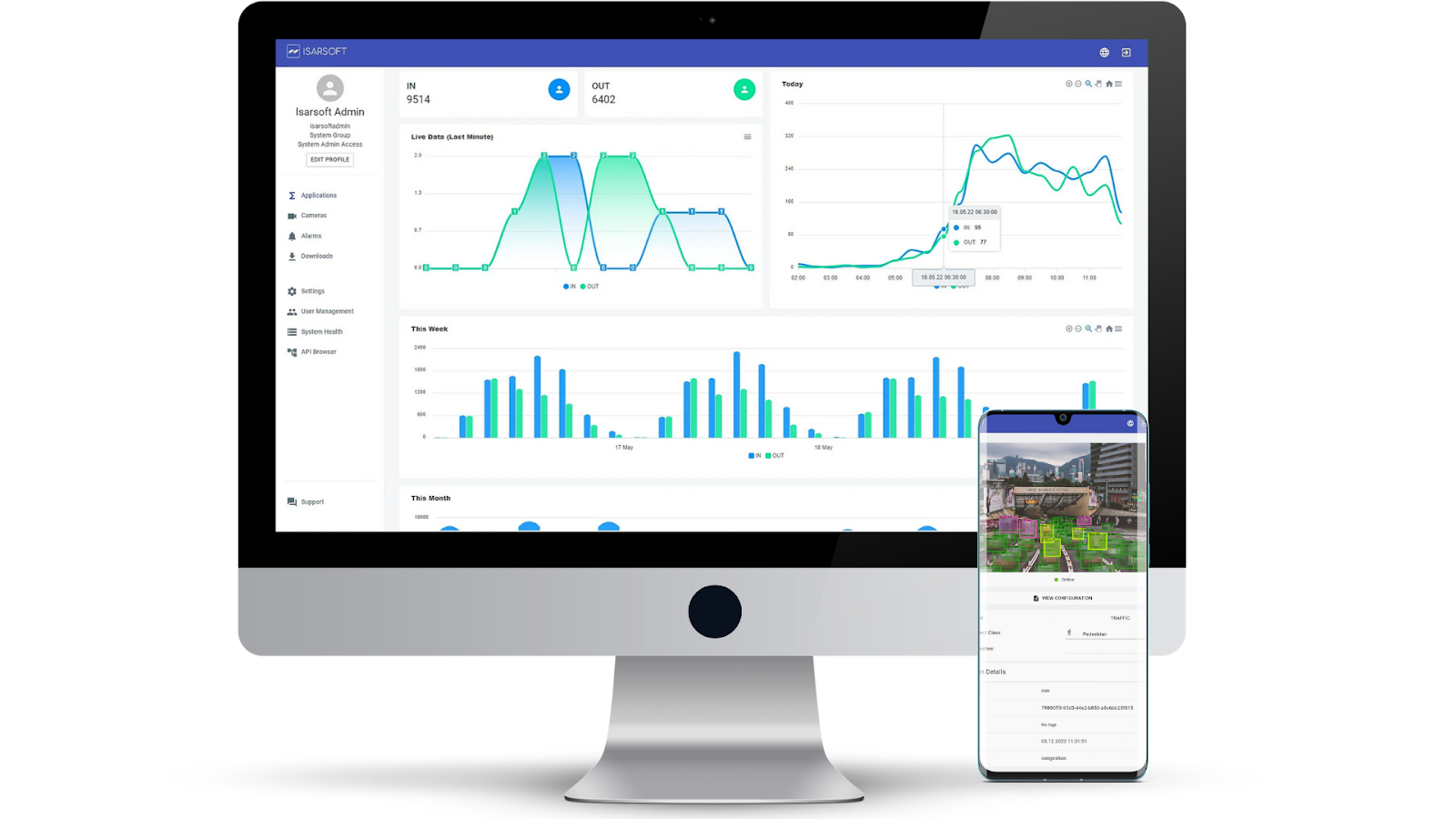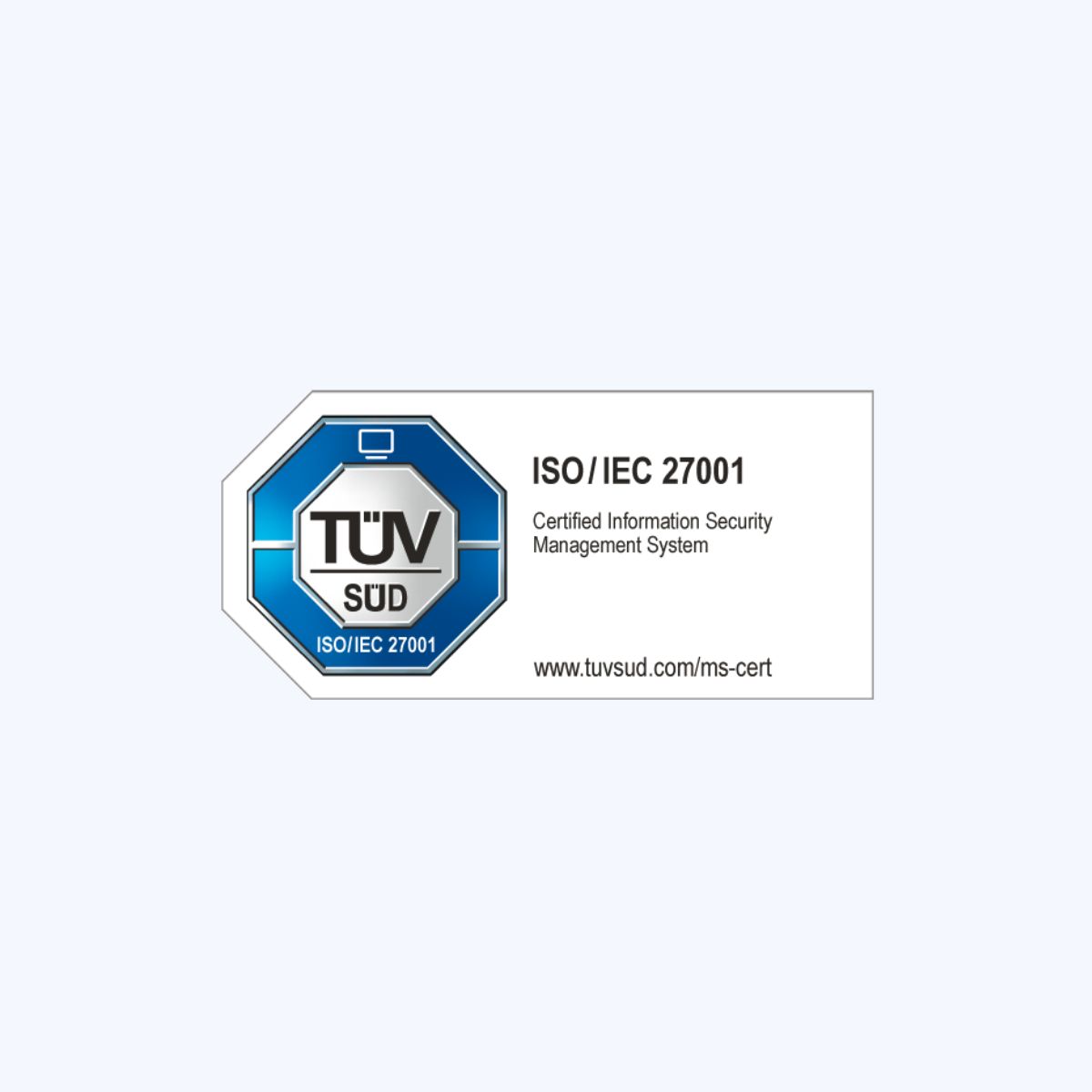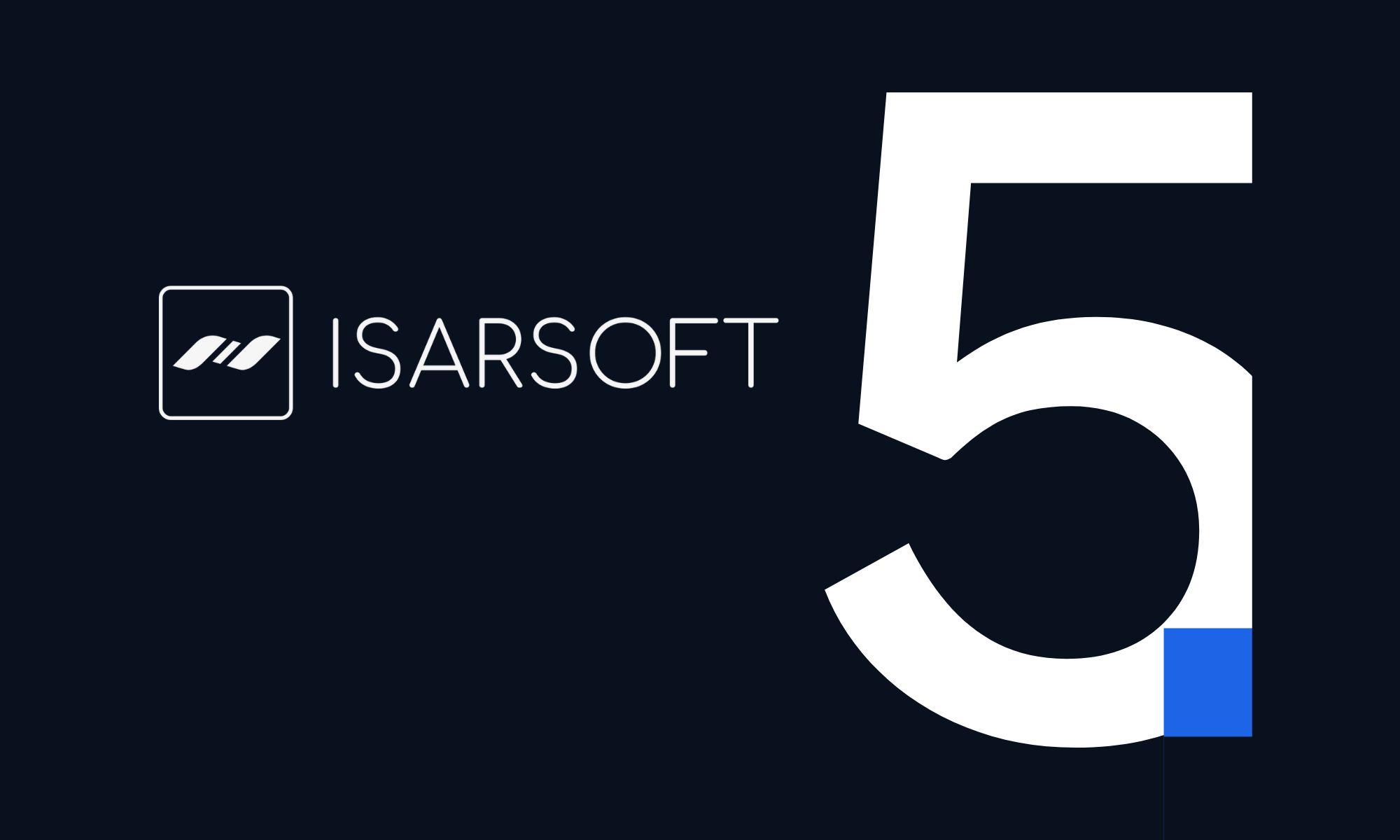People Counting
Learn more about what people-counting is, what different solutions to people counting exist and why there is a need for automated people counting.
Published
April 21, 2021

Why people counting is needed
Depending on the industry, people counting has different names: Visitor Count, Passenger Count, Passenger Count, Pedestrian Count, or Customer Count. People counting is important in several industries for several reasons. Not all reasons apply to all industries, but often there are multiple reasons within the same industry that justify people counting. The reasons listed below are directly related to decision making. When making important decisions, it is usually better to rely on accurate data rather than gut feelings or projections based on pure assumptions. Counting people is often one data source of many needed to make better decisions.
Safety guarantee
Large crowds need sufficient space and security personnel to avoid mass panic and injuries. Counting people helps adjust security measures in real time and learn from past experiences.
Burglary detection
Counting a single person without permission to enter a room, site, or building can trigger an alarm.
Improvement of services
To measure the usage of a service, it is often not enough to look only at the revenue generated. Whenever people can access a service without causing a payment, counting people becomes relevant to fully capture service usage.
Sales increase
Performance measurements often compare what is possible and what is actually achieved. For example, two important KPIs for retail optimization are the number of people who pass through the store without entering or enter without making a purchase.
Reduce operating costs
Operating costs for cleaning activities, for example, can be reduced if the number of people using the service is known in real time and the level of service is adjusted accordingly.
Performance and KPI measurement
To evaluate the success of marketing actions such as redesigning a website, launching a media campaign or placing new products, it requires knowledge of the costs, additional visitors gained and additional revenue.
Use cases and industries
Public transport
Counting people on public transport serves as a basis for optimized timetables, estimating revenue, planning maintenance and staff deployment. Better decisions benefit both public transport operators and passengers.

Traffic and urban planning
To manage the increasing demand for mobility in modern cities, urban planners need accurate traffic measurement, including pedestrian traffic. Optimizing existing capacity and designing and evaluating infrastructure projects using accurate data helps cities cope with urbanization.

Airports
From parking to boarding, from check-in to restaurants, from stores to sanitary facilities. People counting provides data for optimizing supply, planning cleaning services and evaluating business processes.

Stadiums & Events
Moments to remember. Arenas, stadiums and major events use visitor counting to evaluate and improve security concepts in real time. By analyzing the customer journey from the parking lot or train station to the venue, customer touchpoints can be used more effectively.

Fairs and museums
Possible are, for example, the analysis of the walking routes and the number of visitors. The visitor count improves the visitor experience and provides meaningful arguments for communication with exhibitors.

Retail
Customer counting provides answers to which areas of the store are visited most often, how long queues are, and how conversion rates evolve over time and across multiple stores.

COVID-19 Measures
All of the above industries are affected by the recent developments regarding Covid-19. Little distance to other people quickly becomes uncomfortable. Covid-19 has exacerbated this tendency. People counting can be used to effectively limit the number of people in certain areas, buildings or locations. Adapting services to the new situation helps to always provide enough space for people to maintain sufficient distance.
Solutions for people counting
There are several solutions for counting people. When designing systems, it is crucial to know their differences and carefully weigh their strengths and weaknesses.
Manual count
People counting people is an obvious solution for people counting. If people counting is rarely required, it may make sense to limit oneself to manual counting. However, especially in developed countries, high wages make this approach inefficient and costly relatively quickly. Approaches such as using smartphone apps instead of hand counters shown below at least allow for digital data collection.

Light barriers in doors
A relatively simple way to measure the number of people entering a room is to install a photoelectric sensor in each door. Depending on the deviation from the undisturbed state, the system detects whether a person has entered or left.
In such systems, the weakness is that the simultaneous entry and exit of several people is often incorrectly detected. Bicycles or baby carriages are also a problem.
Photoelectric sensors are often used for intrusion detection systems because they are not affected by exposure.

Mobile Radio Signals Measurement
Most people carry mobile devices such as smartphones that emit signals like WIFI, Bluetooth or LTE. By measuring these signals, one can infer the number of people.
However, many people wear multiple devices or none at all, which reduces accuracy. Likewise, too great a distance from the sensor is a common source of error.

WIFI Access
By providing free WLAN, providers can measure the number of users and their proximity to access points. However, walls or large distances from the access point can reduce the accuracy of the count results. Although using free WLAN reduces mobile data consumption, not all visitors log on to free WLAN networks.

3D sensors
Special 3D sensors or stereo cameras provide additional information about the height of people. While this additional information is intended to increase robustness and accuracy, it comes at a significantly higher cost than other sensors.
Smart cameras
Cameras are already installed in many places for security reasons. Isarsoft offers video analytics software to turn existing cameras into smart sensors that accurately count people. In addition, Isarsoft works with camera manufacturers to offer highly accurate people counting directly on the camera. By not requiring two different sensors, one for people counting and one for security, the cost of people counting can be reduced by a factor of ten compared to dedicated 3D sensors.

If you would like to learn more about using cameras for people counting, our article "Why isarsoft" may be of interest to you.
More about Isarsoft
With Isarsoft Perception, your camera systems become part of your business intelligence. Whether the goal is to increase efficiency, customer satisfaction or safety, Isarsoft Perception provides the insights needed for informed decisions.

Contact us, to learn more about how to turn security cameras into intelligent sensors.



